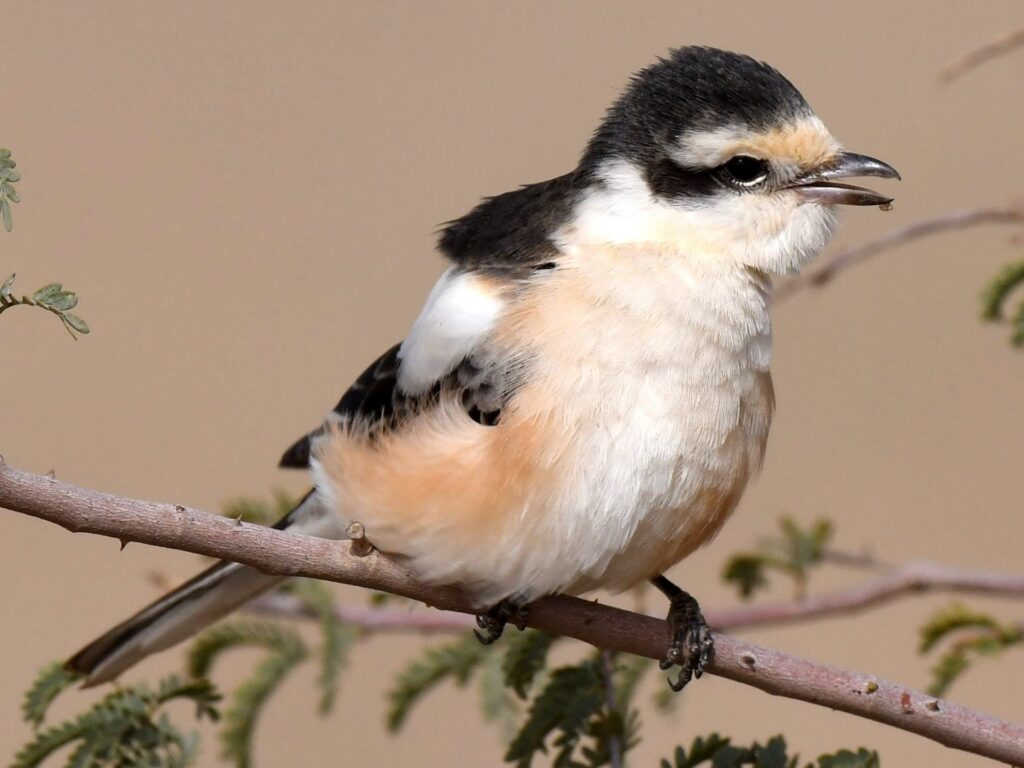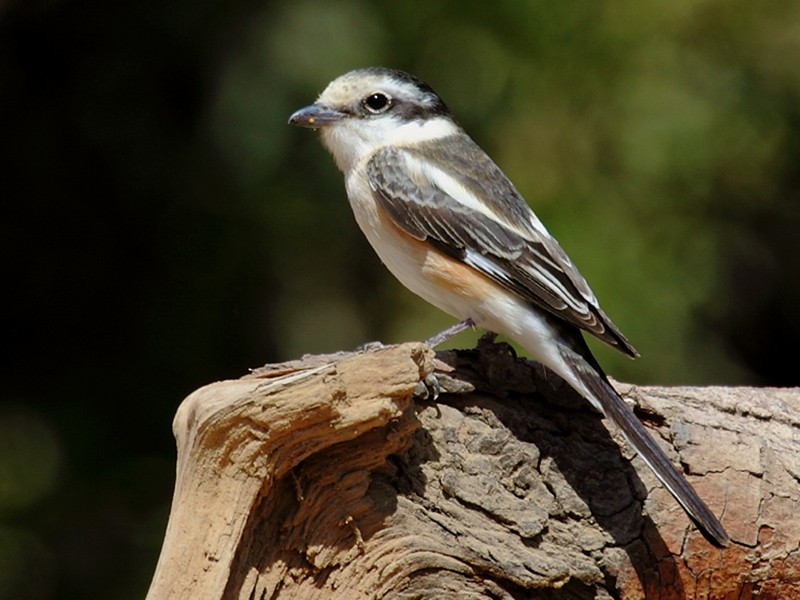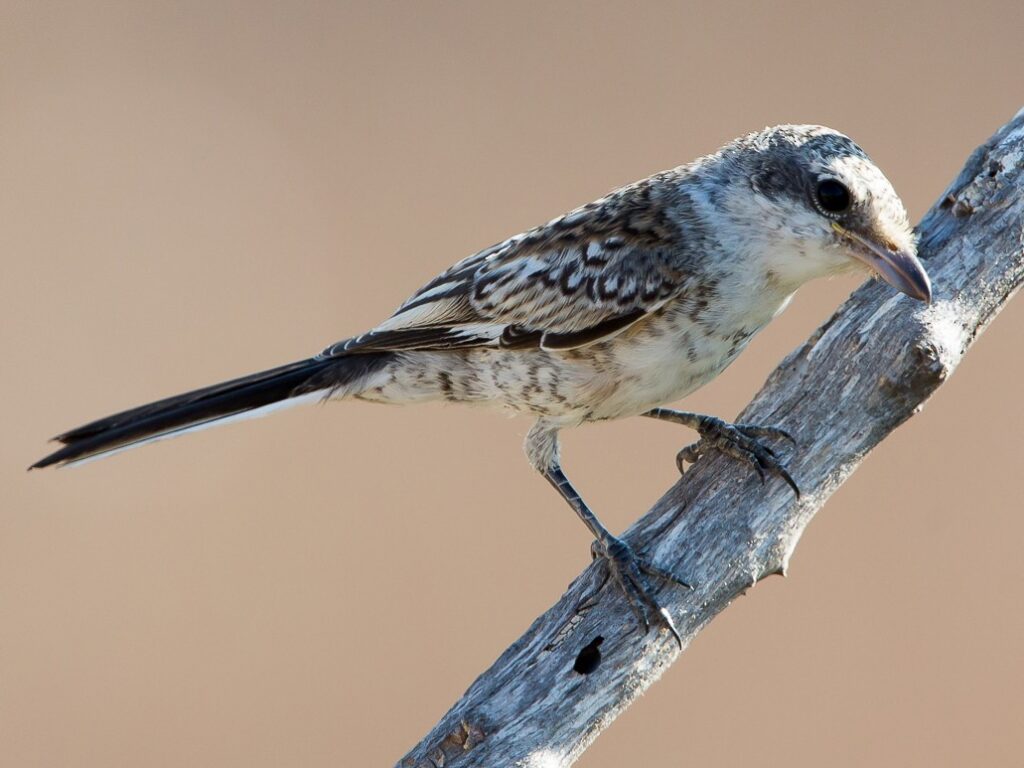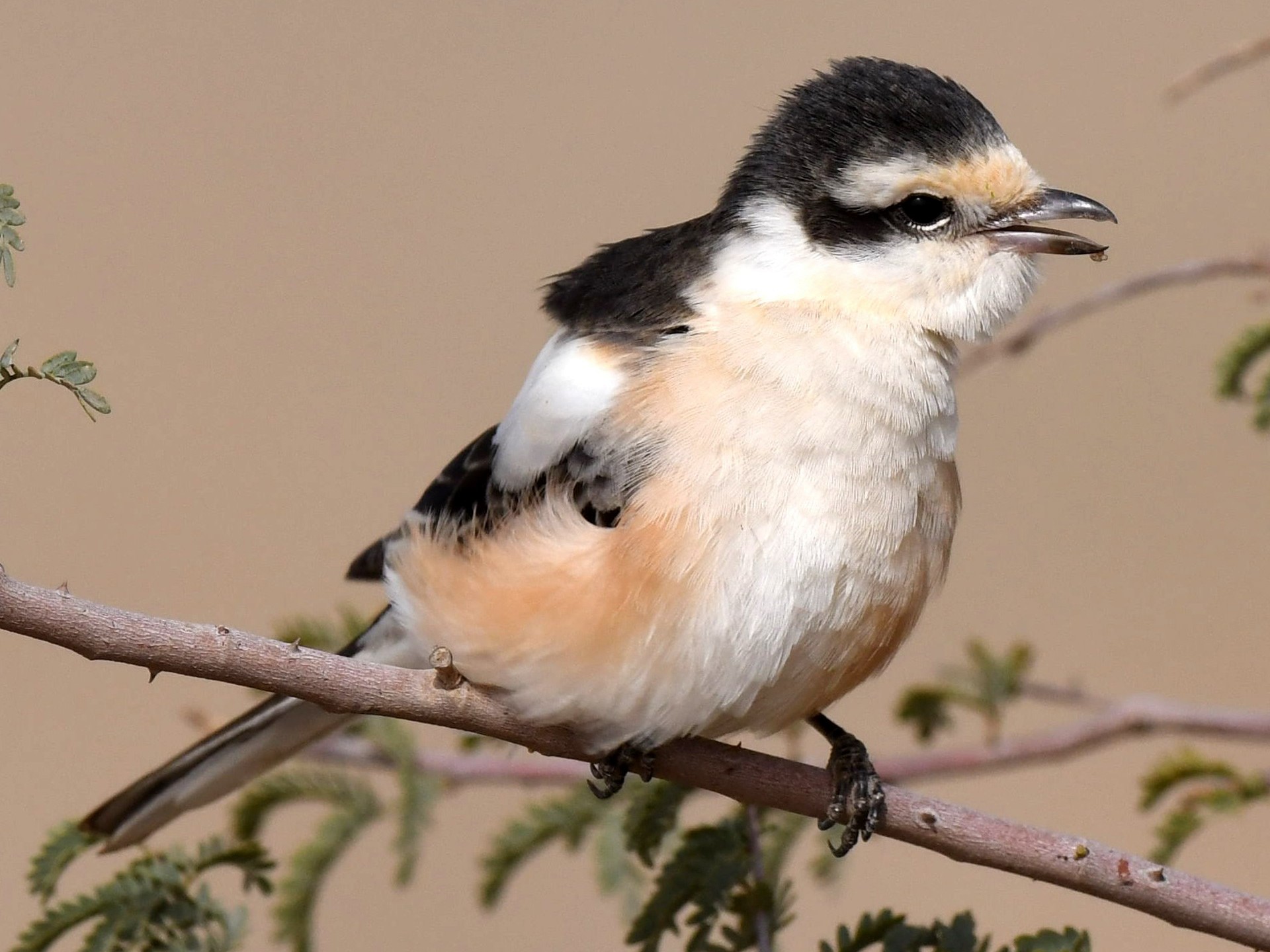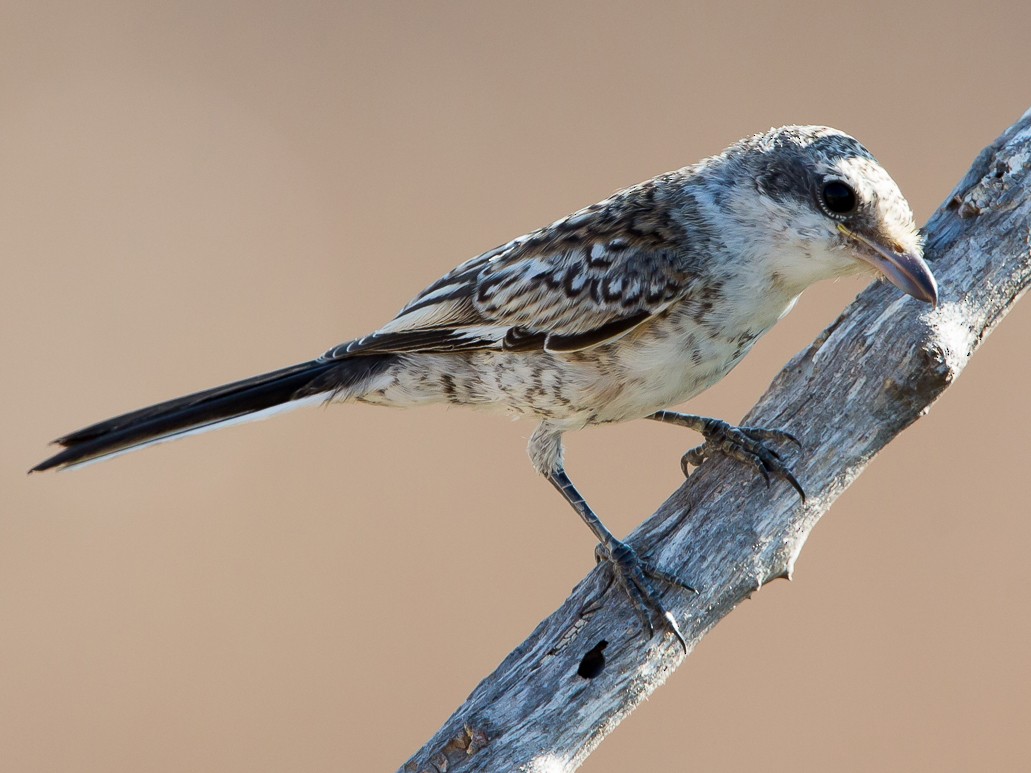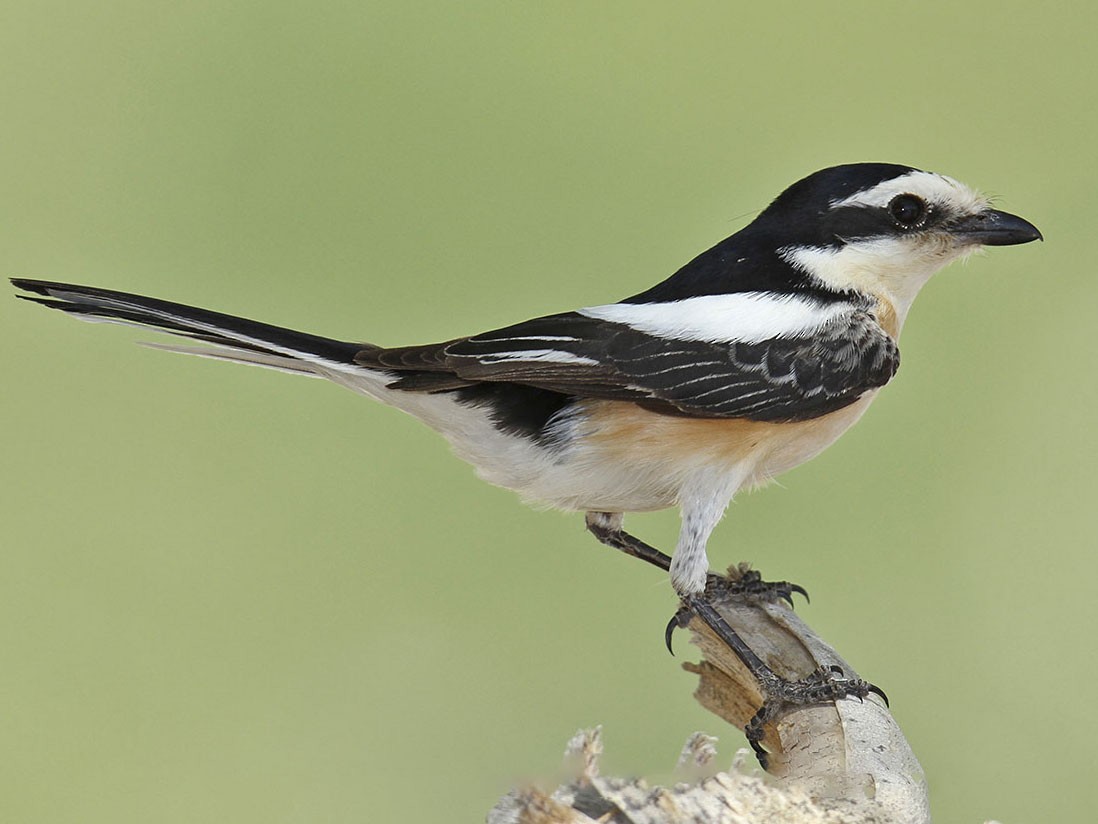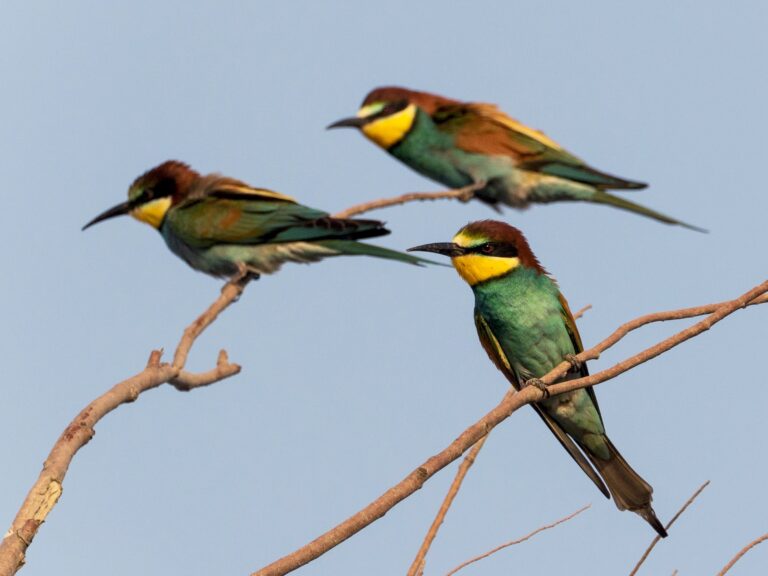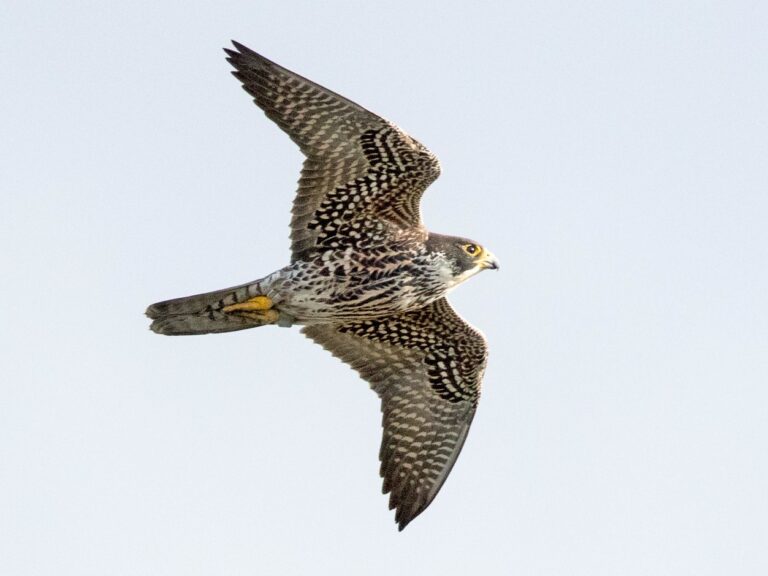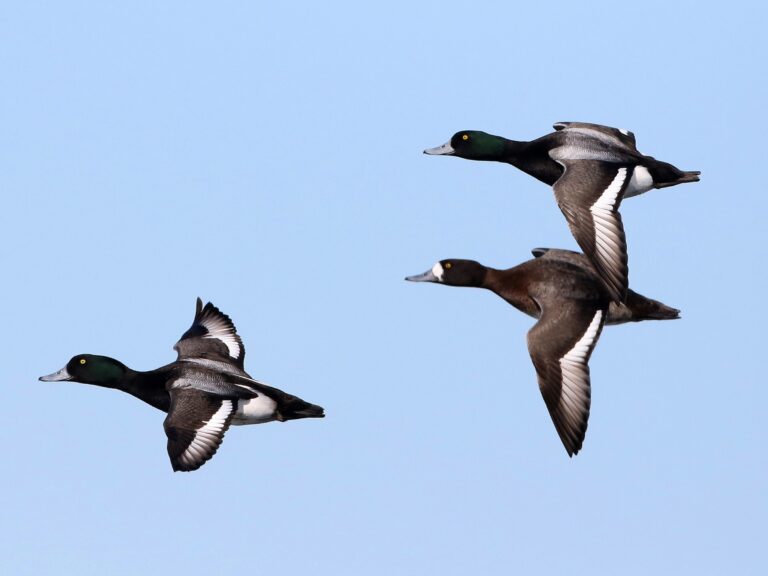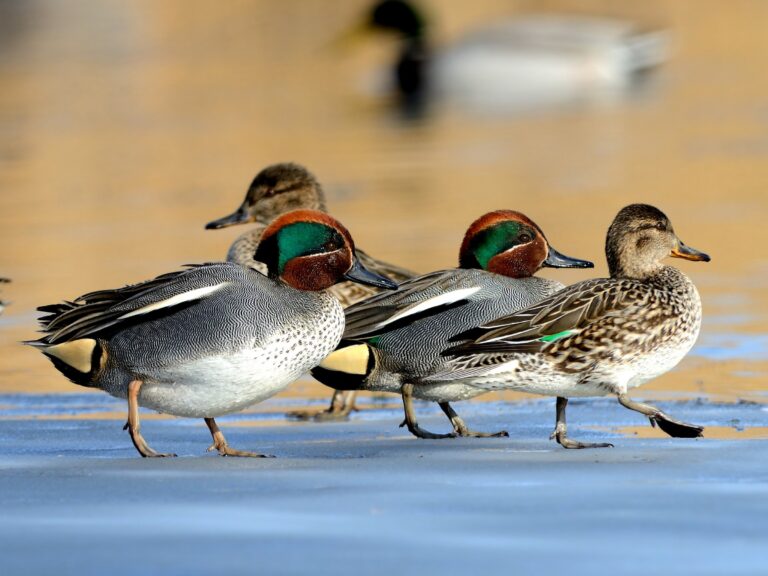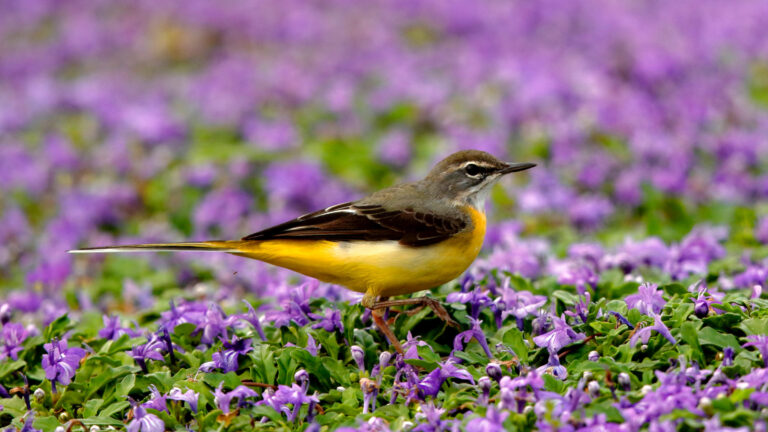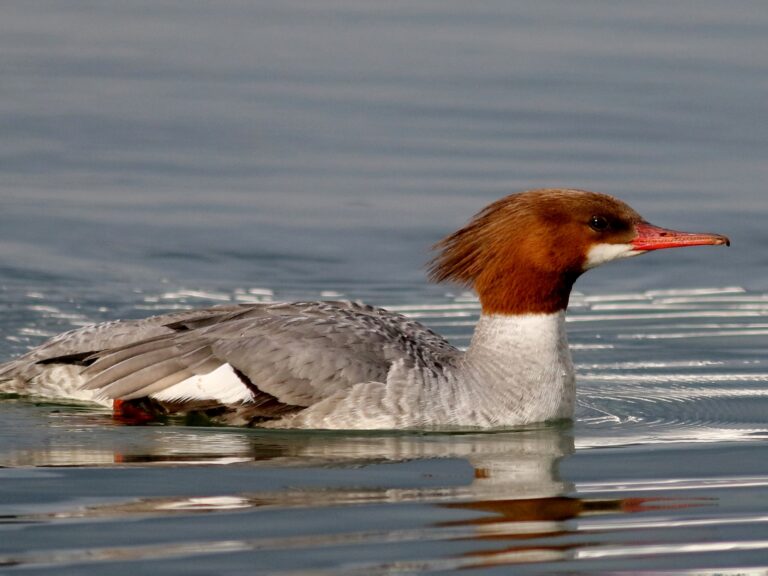Masked Shrike: The Intriguing Hunter of the Bird World
The Masked Shrike, known scientifically as Lanius nubicus, is a captivating bird that fascinates birdwatchers and researchers alike. This species stands out for its unique hunting techniques and striking appearance, making it an important player in its ecosystem. Found mainly in warm regions, the Masked Shrike exhibits an array of vocalizations that serve both alerts and territorial markers, adding to its intriguing presence in the wild.
Despite its beauty, the Masked Shrike faces challenges due to habitat loss and changing environmental conditions. Its diet includes a variety of small animals and insects, demonstrating its adaptability and vital role in pest control. Observing this bird in its natural habitat reveals much about its behavior, social dynamics, and the delicate balance of its ecosystem.
Understanding the Masked Shrike not only enriches one’s knowledge of avian life but also highlights the importance of conservation efforts to protect its habitats and ensure its survival for future generations.
Key Takeaways
- The Masked Shrike is a distinctive bird known for its hunting skills and striking looks.
- It communicates through various vocalizations and plays an essential role in its ecosystem.
- Conservation efforts are crucial for preserving the Masked Shrike’s habitats and ensuring its future.
Taxonomy and Description
The Masked Shrike is a member of the family Laniidae and belongs to the genus Lanius. It is classified under the order Passeriformes, which includes songbirds. This species is recognized for its distinct features and vocalizations.
Classification
The Masked Shrike is scientifically named Lanius nubicus. It falls within the family Laniidae, which comprises various shrike species known for their predatory habits. This bird is often regarded as one of the smallest shrikes in its family.
The classification includes several subfamilies and genera, but the defining characteristics of the Masked Shrike set it apart. Additional study on the taxonomy reveals complexities in the relationships among shrike species, leading to ongoing discussions among ornithologists.
Physical Characteristics
The Masked Shrike exhibits striking physical traits. Its face features a broad black line that extends from the beak to the eyes, contrasting with its lighter crown and upperparts. The underparts are white, often with orange flanks that give it a vibrant look.
It has strong, pointed wings suitable for agile flight and a long tail that aids in stability. Vocalizations include a range of calls, from sharp whistles to melodious notes. These sounds are important for communication during mating season and territory establishment. The combination of size, coloration, and vocal abilities makes the Masked Shrike a notable species among songbirds.
Habitat and Distribution
The Masked Shrike has a distinct geographical range and preferred habitats that contribute to its survival and breeding success. Understanding these aspects is crucial for conservation efforts and habitat management.
Geographical Range
The Masked Shrike is primarily found across southeastern Europe, the eastern Mediterranean, and parts of the Middle East and Africa. Its range extends from Bulgaria and Greece through Cyprus and into Israel. In Asia, it reaches as far as Turkmenistan. These regions provide a mix of climates and landscapes that support the species’ needs during breeding and migration.
This shrike commonly migrates to the Mediterranean region for the breeding season, which typically occurs in spring. The bird is known to thrive in areas where its preferred habitats are available. Its range reflects its adaptability to different environments in diverse geographical areas.
Preferred Habitats
Masked Shrikes favor open woodlands, gardens, and agricultural plantations. They are often found in habitats that offer ample perches for hunting, as these birds are known for their striking visual hunting techniques. The presence of shrubs and scattered trees is vital, as these provide both shelter and nesting opportunities.
They prefer areas with moderate vegetation cover, which allows them to hunt effectively while remaining hidden from potential predators. These birds are also known for their distinctive vocalizations, which serve to establish territory and attract mates. Their calls are an essential aspect of their behavior in these preferred environments.
Diet and Hunting Behavior
The Masked Shrike is a skilled hunter known for its diverse diet and unique feeding strategies. Its diet mainly consists of insects, including large insects and various arthropods. Additionally, it preys on small lizards and other small animals, showcasing its adaptability and resourcefulness.
Prey and Predation
Masked Shrikes mainly feed on a variety of insects, making them effective predators in their habitats. Their diet includes beetles, grasshoppers, and caterpillars. They also catch small lizards, offering a broader range of nutrients.
When hunting, the Masked Shrike utilizes its excellent vision to spot prey from a distance. This bird often hunts from high perches, such as barbed wire or branches, allowing it to observe the ground below. Once it identifies a target, the shrike swoops down swiftly to capture its meal.
Feeding Techniques
The feeding technique of the Masked Shrike is particularly fascinating. After catching its prey, it often employs a method of impaling. The shrike will use thorns, barbed wire, or sharp branches to skewer its food. This behavior serves multiple purposes, including storage and tenderizing prey.
In addition, this bird displays distinct vocalizations, which can signal its presence or announce territory. These calls may also help communicate with potential mates. Their vocal abilities are essential for their survival and social interactions, making them interesting subjects for birdwatchers and researchers alike.
Reproduction and Lifecycle
Masked Shrikes have specific mating and breeding behaviors that contribute to their reproductive success. Their nesting habits and the development of their young also play crucial roles in ensuring the continuation of the species.
Mating and Breeding
During the breeding season, male masked shrikes are known for their distinctive vocalizations, which serve to attract females and establish territory. Males often arrive at breeding grounds before females. Once a female is attracted, the pair engages in courtship displays, which include both aerial antics and vocal calls.
Breeding usually occurs from late March to early July. The female is responsible for selecting the nest site, often hidden in dense shrubs or trees. Both parents are involved in protecting their territory from rivals. Males are known to be aggressive, defending their breeding area fiercely.
Nesting Habits
Masked shrikes typically build their nests in shrubs, trees, or even on man-made structures. The nest is often a cup shape made of twigs, grass, and other plant materials.
The female lays about 4 to 6 eggs, which are pale blue and can have speckles. Incubation lasts around 12 to 14 days, during which the female primarily stays at the nest, while the male brings her food. Once the eggs hatch, both parents participate in feeding the chicks.
Growth and Development
After hatching, the chicks are altricial, meaning they are born helpless and require significant care. They are initially covered in down and are unable to leave the nest for several weeks. The parents feed them insects and small invertebrates, which are crucial for their growth.
Juveniles leave the nest about 18 to 22 days after hatching, but they continue to rely on their parents for food for several weeks. The young shrikes often stay close to the parents while learning to hunt and vocalize. As they mature, they begin to develop the adult plumage that will help them during future breeding seasons.
Conservation and Significance
The conservation status of the Masked Shrike is important for understanding its role in the ecosystem. This bird faces various challenges that impact its population and distribution across its territories.
Conservation Status
The Masked Shrike (Lanius nubicus) is currently classified as a species of Least Concern on the IUCN Red List. This status indicates that, while it is not at immediate risk, ongoing population monitoring is essential.
The bird’s breeding range is primarily centered in the southern Balkans and parts of the eastern Mediterranean. Its habitats have faced threats due to human activities. As such, conservation efforts are critical, especially in regions where it migrates. Protecting these areas can help ensure the survival of this species.
Ecological Importance
The Masked Shrike plays a vital role in the ecosystem as a predatory bird. It helps control the populations of insects and small animals. Through its hunting practices, it maintains a balance within its habitat.
These birds are known for their distinctive vocalizations, which include sharp calls and whistles. Such sounds are crucial for communication during mating and territorial displays. Understanding their behavior and migration patterns can inform conservation strategies.
Efforts to preserve their habitats ensure that the Masked Shrike continues to thrive in its natural environment. Conservation initiatives must be supported to protect this unique species and its ecological contributions.
Vocalization and Behavior
The vocalizations of the Masked Shrike play a crucial role in communication, social interactions, and territory defense. Its vocal patterns include a variety of songs and calls that reflect its behavioral traits.
Song and Calls
The Masked Shrike is known for its melodic song, which can be heard during the breeding season, particularly in March. This bird, often called a butcher-bird, has a unique voice that resonates in open habitats. Its song consists of clear, whistling notes and varied phrases, which serve to attract mates and establish territory.
In addition to its song, the Masked Shrike produces sharp calls that alert other birds to potential threats. These calls are often short and can sound like clicks. The variation in vocalizations helps the bird communicate effectively in different situations, whether signaling an alarm or attracting a partner.
Social Behavior
Masked Shrikes exhibit interesting social behaviors, especially during the breeding season. Males are often seen performing display flights while calling out in an effort to impress females. This behavior not only showcases their vocal ability but also helps strengthen pair bonds.
During these interactions, the male may follow the female closely, making clear call notes to communicate interest. Outside the breeding season, they can often be found sitting alone on perches, scanning for prey. This solitary behavior aligns with their hunting nature, as they rely on visual cues and their keen sense of hearing to hunt effectively.
The combination of vocalization and behavior demonstrates the Masked Shrike’s adaptability in its environment.
Frequently Asked Questions
The Masked Shrike has unique features that set it apart from other birds. Understanding its vocalizations, habitat, and hunting behaviors can enhance appreciation for this striking species. Here are some common questions about the Masked Shrike.
What distinguishes the Masked Shrike from other shrike species?
The Masked Shrike, known for its distinct facial mask, features a black stripe that runs through its eyes. This bird has a grayish body, with a white belly and black wings. These characteristics help differentiate it from species like the Northern Shrike or Woodchat Shrike.
What does the call of a Masked Shrike sound like?
The vocalizations of the Masked Shrike include a series of sharp, whistling notes that can be quite melodious. Its call is often described as a mixture of whistles and chirps. This catchy song helps establish territory and attract mates.
How can one identify a female Masked Shrike?
Female Masked Shrikes are generally less colorful than males. They have a more muted brownish-gray body with a hint of the distinctive facial mask. Observing the size and shape of the bill can also assist in identification, as females exhibit the same hooked bill typical of the species.
Where is the Masked Shrike typically found?
The Masked Shrike primarily inhabits open landscapes, grasslands, and shrubby areas. It is commonly found in parts of Europe, the Middle East, and North Africa. This bird prefers regions with a mix of low vegetation and perches for hunting.
What are the primary diet and hunting behaviors of the Masked Shrike?
Masked Shrikes are carnivorous, mainly feeding on insects, small mammals, and birds. They are known for their hunting technique of waiting on a perch and swooping down to catch prey. They often store food by impaling it on thorns or sharp branches.
How does the aggressiveness of the Masked Shrike compare to other shrike species?
The Masked Shrike displays a notable level of aggression, particularly during nesting season. It will defend its territory vigorously against intruders. Compared to other shrikes, the Masked Shrike is considered to be one of the more territorial species, often engaging in confrontations.

